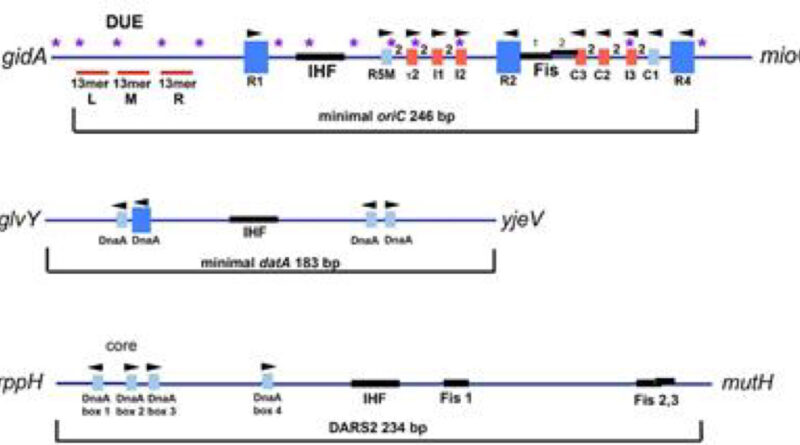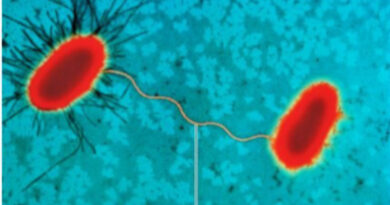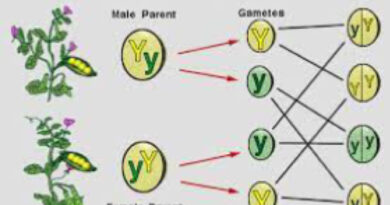The Role of Ori C in Gene Regulation
The origin of replication, commonly referred to as Ori C, is a critical DNA sequence found in prokaryotes, notably within bacterial genomes. Its primary function is to initiate the process of DNA replication. While this might appear to be its sole purpose, Ori C’s involvement extends into the realm of gene regulation, influencing cellular processes and ensuring the proper replication and maintenance of genetic material. Understanding Ori C’s multifaceted role can provide insights into the sophisticated regulatory mechanisms bacteria employ to thrive in diverse environments.
Structure of Ori C
Ori C is a specific sequence in the bacterial chromosome, rich in adenine and thymine (A-T rich regions), which makes it easier to unwind compared to regions rich in guanine and cytosine (G-C rich regions). This unwinding is crucial for the initiation of DNA replication. In Escherichia coli (E. coli), one of the most studied bacteria, Ori C spans approximately 245 base pairs and includes several key elements:
– DnaA boxes: These are specific sequences where the initiator protein DnaA binds. In E. coli, there are five DnaA boxes within Ori C.
– AT-rich region: This region melts to form a single-stranded DNA bubble, essential for the loading of the replication machinery.
Initiation of DNA Replication
The initiation of DNA replication at Ori C involves several steps:
1. DnaA Binding: DnaA proteins bind to the DnaA boxes, causing the DNA to coil and partially unwind at the AT-rich region.
2. Open Complex Formation: The unwinding of the AT-rich region forms an open complex, providing single-stranded DNA for the replication machinery to bind.
3. Loading of DnaB Helicase: The helicase loader proteins (DnaC in E. coli) assist in loading the DnaB helicase onto the single-stranded DNA, further unwinding the DNA.
4. Formation of the Replisome: Additional proteins, including primase and DNA polymerase III, are recruited to form the replisome, initiating bidirectional DNA synthesis.
Role in Gene Regulation
Ori C’s involvement in gene regulation is both direct and indirect, influencing the cell cycle, replication timing, and ensuring genomic stability.
1. Replication Timing and Control:
– Cell Cycle Regulation: The initiation of replication at Ori C is tightly regulated by cellular factors that sense the cell’s growth conditions and environmental signals. For instance, DnaA activity is controlled by the cell’s ATP/ADP ratio, ensuring that replication initiation aligns with cellular energy levels.
– Regulatory Feedback Loops: Proteins involved in the initiation process can also act as regulators. For example, the DnaA protein’s activity is modulated by its interaction with other proteins and DNA regions, preventing premature or multiple initiations within a single cell cycle.
2. Coordination with Transcription:
– Gene Expression: The proximity of Ori C to certain genes can affect their expression. During the initial stages of replication, the local unwinding of DNA can expose promoter regions, potentially enhancing the transcription of nearby genes.
– Global Regulation: The replication machinery’s movement through the chromosome can influence the overall structure of the genome, affecting gene expression patterns on a broader scale. This spatial organization ensures that genes required for rapid cell division are promptly expressed.
3. Stress Response and Adaptation:
– DNA Damage and Repair: In response to DNA damage, cells can modulate replication initiation to prevent the replication of damaged DNA. Regulatory proteins can inhibit Ori C function, allowing time for DNA repair mechanisms to act.
– Environmental Adaptation: Bacteria can alter Ori C activity in response to environmental changes, ensuring replication and cell division are synchronized with external conditions. This adaptability is crucial for survival in fluctuating environments.
Conclusion
Ori C is a vital element in bacterial genomes, primarily known for its role in initiating DNA replication. However, its function extends into gene regulation, influencing replication timing, coordinating with transcription, and enabling adaptive responses to environmental changes. By understanding Ori C’s multifaceted role, researchers can gain deeper insights into bacterial physiology and the intricate regulatory networks that sustain life at the cellular level. This knowledge is not only fundamental to microbiology but also holds potential applications in biotechnology and medicine, where manipulating bacterial replication and gene expression can lead to novel therapeutic strategies.



